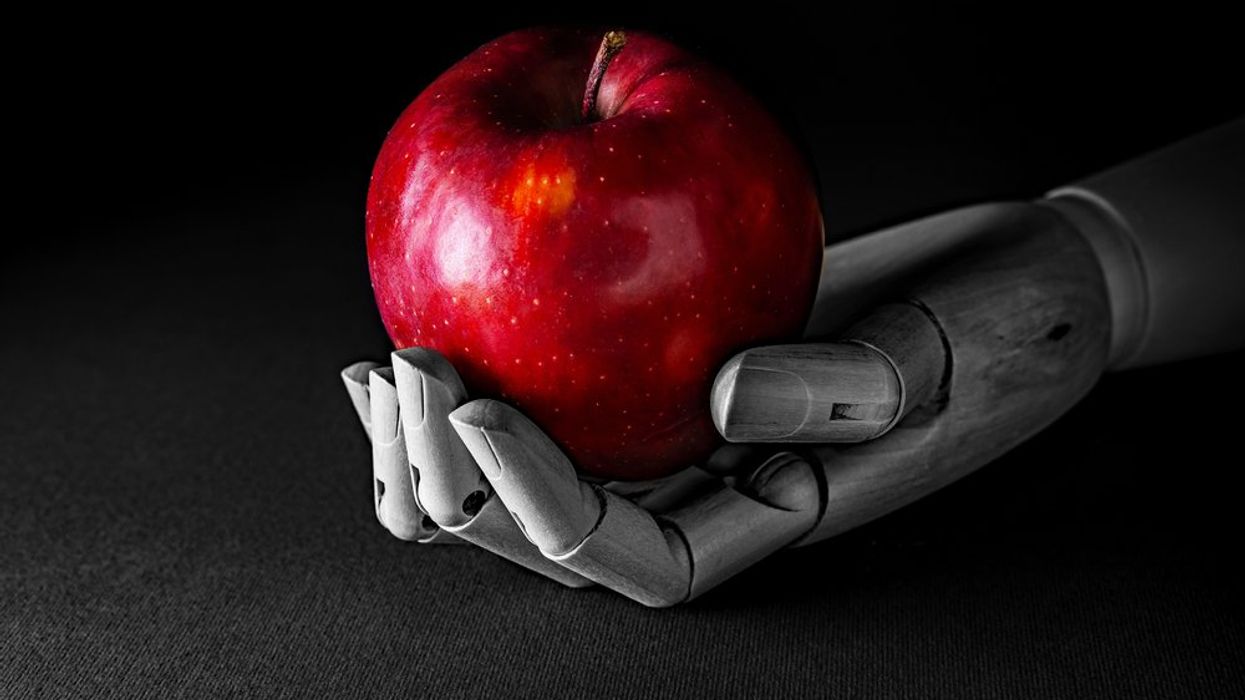Artificial intelligence has been in the spotlight recently for its impact on jobs and privacy, but scientists are raising other reasons to be concerned about the technology's unchecked growth.
A 2018 essay by Microsoft researcher Kate Crawford and media professor Vladan Joler outlines the development of AI at every level. Before machines can even begin gathering data, minerals and metals must be extracted from the Earth for construction. While mines have a large carbon footprint, workers are also often underpaid and mistreated. In some areas, these mines rely on slave labor.
Even after the machinery to run AI is constructed, it must be maintained. According to the essay, this is usually done in sweatshops made up of programmers. Only through their work can the technology begin collecting data and outputting content, which existed long before models like Chat-GPT, in devices such as Amazon's Alexa.
"As we see repeated throughout the system, contemporary forms of artificial intelligence are not so artificial after all," the report reads, continuing, "At every level contemporary technology is deeply rooted in and running on the exploitation of human bodies."
In tandem with contributing to the violation of human rights, AI also has a deep environmental impact. A 2019 report from Cornell estimated that the carbon footprint of training a single big language model is equivalent to approximately 300,000 kg of carbon dioxide emissions.
The machines also use a large amount of water. In a recent study that has not yet been peer reviewed, researchers from the University of California Riverside and the University of Texas Arlington found that in training GPT-3 alone, Microsoft used 185,000 gallons of water — the amount needed to cool a nuclear reactor, by the company's own estimations — in a time where billions lack access to clean drinking water.
ChatGPT needs to "drink" a 500 ml bottle of water for a conversation of 20-50 questions and answers. While that might not seem like a lot, ChatGPT hosts billions of users — 25 million per day.
Companies like Google and OpenAI "can, and also should, take social responsibility and lead by example by addressing their own water footprint," the researchers wrote.
Countries around the world and parts of the United States are facing unprecedented drought, as well as first-of-their-kind movements to place restrictions on AI technology. To Crawford and Joler, these struggles go hand-in-hand.
"The scale required to build artificial intelligence systems is too complex, too obscured by intellectual property law, and too mired in logistical complexity to fully comprehend in the moment," the essay concludes. "Yet you draw on it every time you issue a simple voice command to a small cylinder in your living room."
- 'Godfather of AI' Says AI Could Pose 'More Urgent' Threat to Humanity Than Climate Change ›
- Writers Want AI Regulated — You Should Too ›
- Meta Would Rather Block News Than Pay Journalists | AdvocateChannel.com ›
- Hollywood Actors Are on Strike — Here's What That Means ›
- AI Companies Ethics Pledge to White House Leaves Concerns ›
- Hollywood Studios Make AI Concessions in New Offer to Writers ›
- AI Art Can't Be Copyrighted, Federal Judge Rules ›
- Microsoft Under Fire For AI Obituary That Calls Deceased NBA Player 'Useless' ›
- NFTs Are Now Totally Worthless, Report Finds ›
- Tom Hanks Slams AI Ad ›
- Zelda Williams Slams AI Using Late Father Robin Williams ›
- Who is Sam Bankman-Fried, the Crypto King Who Had a Stunning Downfall? ›
- How Microsoft Is Making a Mess of the News After Replacing Staff With AI ›



















































